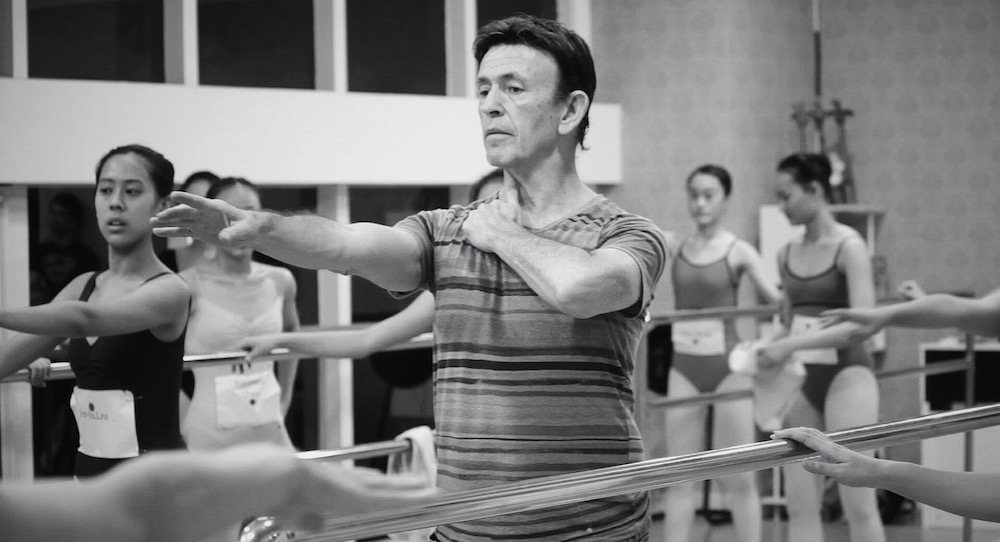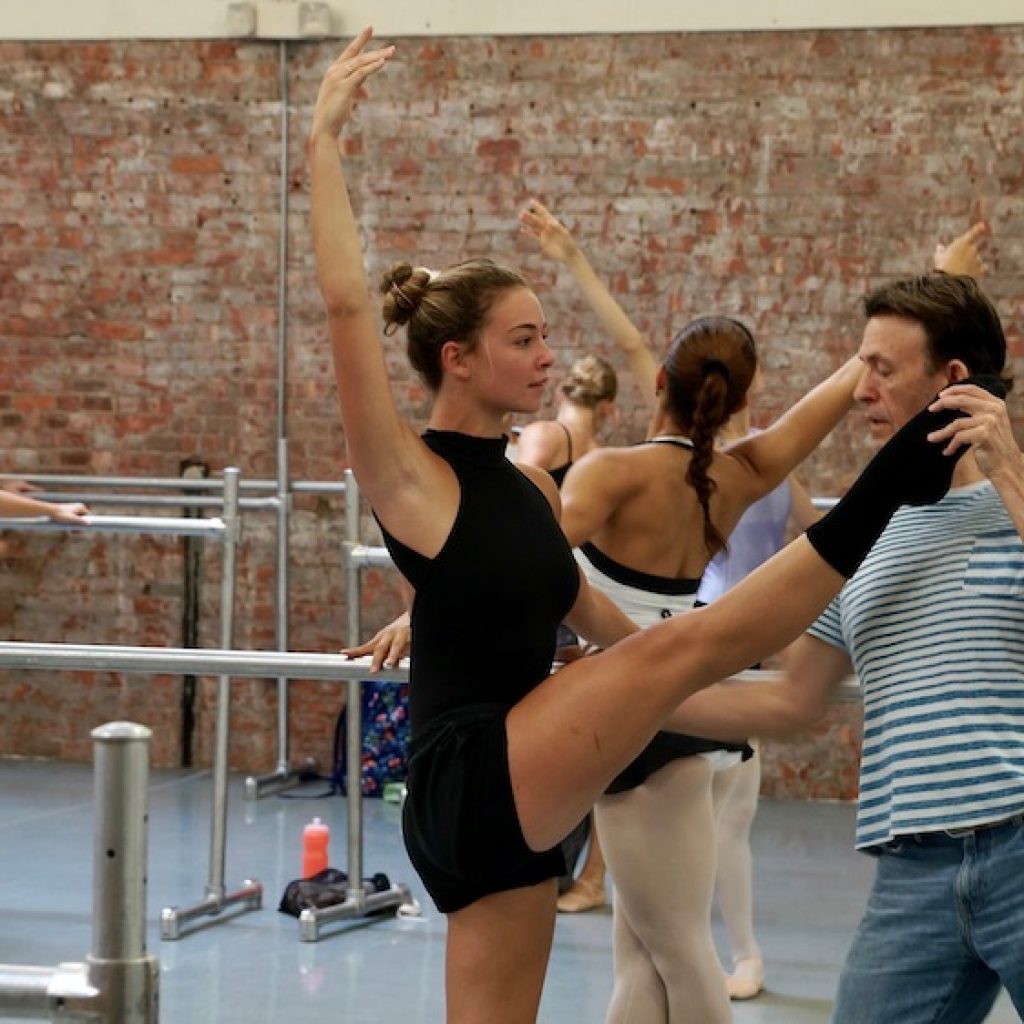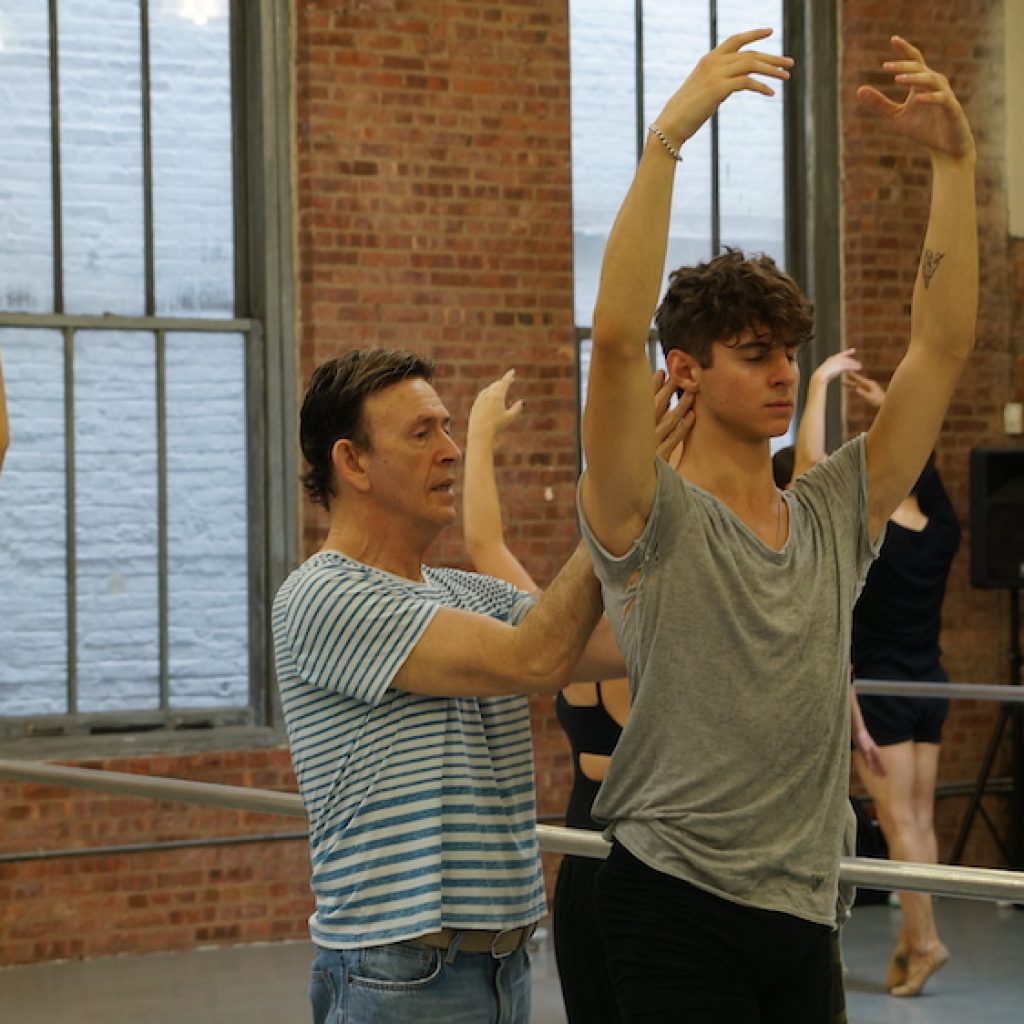Peridance Center in New York celebrated 40 years in operation with its Legacy Festival this past April. “The whole idea is the old and the new,” says Igal Perry, founder and director of Peridance. In line with the festival’s theme, Dance Informa sat down with him to talk about Peridance’s rich history, what he envisions for its future, and all the events and performances that took place as part of the festival.
“We have two organizations that work together, one is Peridance Center, which is the school, and one is Peridance Company. We’re all under one roof, but it’s officially two separate organizations. But we’re celebrating together because they were established together in 1983, and have suffered for 40 years together,” he laughs.
Peridance Company usually has its season in March but instead performed its season as the Legacy Festival. The company presented new commissioned works by true New York choreographers such as Nicholas Palmquist, who has worked with the school’s certificate program previously but will now be choreographing on the company. Also Jessica Lang, who danced in the Peridance Company herself before going on to create her own company, Jessica Lang Dance, which is now a staple in the city. The Hunt by Alvin Ailey American Dance Theater’s Robert Battle was also performed.
“Our paths have crossed many, many times,” says Perry of Battle and himself. “Robert used to even take my class! Pre becoming the director of Ailey, of course.” All these connections to some of the city’s finest artists is no coincidence; Peridance seems to have been a breeding ground for choreographic curiosity, and an important pillar supporting the growth of the New York dance scene.
And just as New York is an international city, Peridance has international ties, too. Renowned German choreographer Johannes Wieland, who worked in New York and taught at Peridance years ago, returned to choreograph on the company for the festival. A duet by Ohad Naharin that had previously been set on the company was also reprised.
The company of course performed repertoire by Perry himself, notably Bolero, which was originally choreographed for Batsheva Dance Company in Isreal, and subsequently performed in Peridance’s opening season, all those 40 years ago. It is very much a sentimental piece to Perry. Other of his choreographies from throughout the years were performed at the Legacy Festival, as an homage to Peridance’s history. Of course, we can’t forget about the success and celebration of Peridance’s school, as well. This continual community Peridance has built is Perry’s original vision for the center come to life. “At that time, there was really no dance studio that had the model Peridance did. I wanted to establish a dance company and a dance center, because for me, the educational part of dance is very integrated in professional work. I wanted to establish the center with the same principals and goals as the company, so that there was a ladder for dancers starting as children, growing up in the center and eventually dancing in the company.”
There have been discussions in the dance world recently of loyalty in dance companies, of their duty to invest in their dancers and promote from within their ranks when a soloist or principal position becomes available, rather than taking outside hires. Perry’s approach, and his approach for the past 40 years, has always been to create a home for his artists – somewhere to learn as well as work. This also benefits Perry as the director of the Peridance Company, as it allows him to shape and mold dancers to the artistic approach he looks for when working with dancers.
“It’s not just a style; it’s also a philosophy,” he says. “The company is an eclectic repertory company, the dancers need to be able to dance something classical, neo-classical, modern, avant-garde, with music, without music… it’s a big challenge. The school establishes that eclecticism. It moves forward with the ages – what we taught 40 years ago is not what we teach today. When Peridance was established, you did not find hip hop in dance schools. And Peridance was one of the very first schools in the city to host it. We bring in teachers from all over the world, there’s integration not just of art, but also of cultures.”
What did Perry not anticipate when he opened Peridance in 1983? “How difficult it is to run a dance school and company as a financially stable and viable business. To support the students who need support, and to pay dancers and teachers their living. Even today, still, people look at the arts as secondary in society. It’s not that people don’t support art; there’s a lot of support. But it’s hard to run art organizations as good businesses. I had to learn over the years to do that. Because this is a business, the business we do is dance, and it can support itself. Afterall, we’ve been around for 40 years.”
The other thing that’s changed is the students, says Perry. “We have to work with our students and approach young people in a new way, fostering commitment to the process of learning. Especially nowadays, with so much immediate gratification. I ask young people today about even a person as known as Martha Graham, and some of them look at me like, ‘Who?’ It’s important to give dance history to them. So that they know the origins so that they can go forward. Not isolated and all of a sudden coming into the world from nowhere. They need to know there were people before and there will be after, and they are part of a chain.” Which brings us to the importance of celebrating legacy. “That’s why we’re doing it – to connect with the process of the past, and the future.” As for what Perry sees for the next 40 years? “Peridance is becoming more established, it has its own viability both artistically and financially. And I am not that young, so I will at some point pass the baton to someone else. I want these organizations to continue in the dance world in New York and globally for many years to come. I don’t know what will happen tomorrow. A new dance genre will come in, and I’m all for it. I’m excited to see.”
For more information on Peridance Center, including upcoming performances and classes, visit www.peridance.com.

















